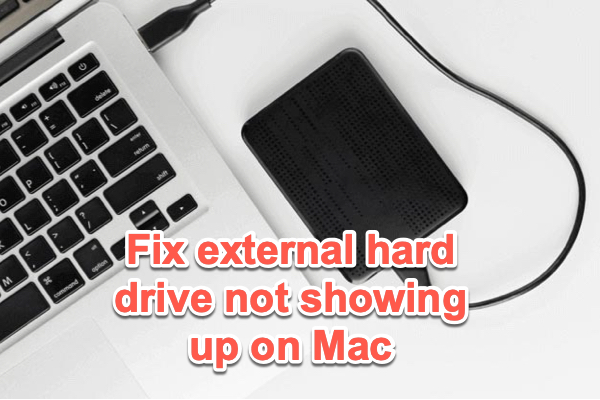
- #OPEN DISK UTILITY AT STARTUP 2007 MACBOOK MAC OS X#
- #OPEN DISK UTILITY AT STARTUP 2007 MACBOOK PASSWORD#
- #OPEN DISK UTILITY AT STARTUP 2007 MACBOOK PLUS#
#OPEN DISK UTILITY AT STARTUP 2007 MACBOOK MAC OS X#
Just one of the minor mysteries still to be resolved.and perhaps answered in a future NSFAQ.Ĭheck the /Applications/Utilities folder on the Mac OS X Install Disc 1 DVD that came with your Intel Mac.
#OPEN DISK UTILITY AT STARTUP 2007 MACBOOK PASSWORD#
Is this actually an EFI-based password? Does this mean the Open Firmware Password utility should be renamed EFI Password? I assume so, but have been so far unable to confirm this. However, before the Startup Manager appeared, a password screen popped up from which I had to enter my "Open Firmware" password before I could proceed. This gets the Startup Manager screen to appear (which allows you to select a startup volume from any connected bootable drive or disc). Even more surprising, the utility had been updated to a Universal application.īut the biggest surprise was: It still works! I tested this out by enabling the password and restarting the Mac while holding down the Option key. Given that Open Firmware no longer exists on Intel Macs, I was surprised to see this utility included on the Install DVD for my new iMac. The utility bypasses the need to otherwise enable this option by booting into Open Firmware at startup. If enabled, this offers a security protection that prevents users from starting up the Mac via anything other than the internal drive - unless you supply the Open Firmware password. This utility, on PowerPC Macs, provides a simple graphical user interface for setting an Open Firmware password. It still includes a utility called Open Firmware Password. But I just checked the /Applications/Utilities folder on the Mac OS X Install Disc 1 DVD that came with my Intel Mac. Hopefully, this is a matter Apple will address fairly soon. Unfortunately, Apple has not yet provided any user interface to the EFI, nor any guidelines as to what commands to use to accomplish what Open Firmware previously did. This means that Open Firmware commands (such as reset-nvram, a fix occasionally recommended on MacFixIt) no longer function. Holding down the Command-Option-O-F keys at startup, which brings up the Open Firmware command line interface in PowerPC Macs, does nothing on Intel Macs. Open Firmware is the name for the firmware found on all PowerPC Macs. Does the shift to EFI mean that Open Firmware is gone on Intel Macs? PLEASE tell me there is something I can do? I'm desperate Is there anyway to make the MBPro boot from the harddrive again, or is there a reset button on the motherboard?
#OPEN DISK UTILITY AT STARTUP 2007 MACBOOK PLUS#
Im desperate because later today Im being interviewed about my mac and tech in general, and i really need my notes and stuff on the mac, plus it would be so embarrassing that iv'e set a password i cant remember - might as well cancel the interview :-( I have tried to remove the 1gig ram block, that should reset the password in the old Open Firmware macs but no dice! I had forgotten about the EF passeord, so I set the startup disk to be the DVD drive, and now I cant get the machine to boot from its harddrive, so I have no access to my data.

The problem is even bigger, because I wanted to repair permissions yesterday and thus booted from the indtall dvd. I've been googleing the subject, but there seems to be nothing about resetting the MB Pros Extensible Firmware.

Search Disk utilityclick on the See drop down menu and choose Show all devices. From the macOS Utilities screen, select Disk utility. I set it to something complicated but memorable. Press and hold the power button/Touch ID up to the load Startup options appears Move the cursor to the Options and then click on Continue. Some weeks ago, i set the firmware password on m y MacBook Pro. If you used Disk Utility from macOS Recovery, you can now restart your Mac: Choose Apple menu > Restart.EcauwHi all, i've really screwed up, and need your help urgently. The order of repair in this example was Macintosh HD - Data, then Macintosh HD, then Container disk4 and then APPLE SSD. Keep moving up the list, running First Aid for each volume on the disk, then each container on the disk, then finally the disk itself.

In this example, the last volume on the disk is Macintosh HD - Data.Ĭlick Run to begin checking the selected volume for errors.

For each disk that you're repairing, start by selecting the last volume on that disk, then click the First Aid button or tab.


 0 kommentar(er)
0 kommentar(er)
